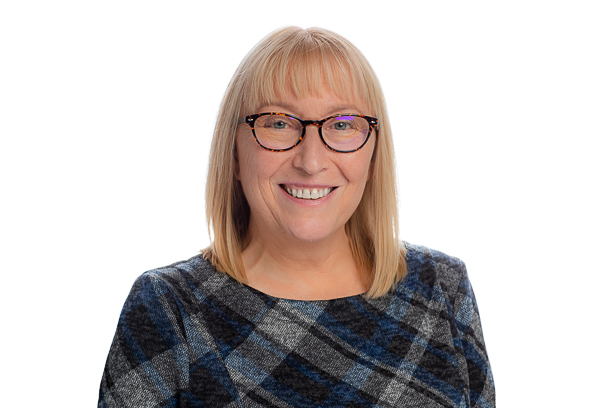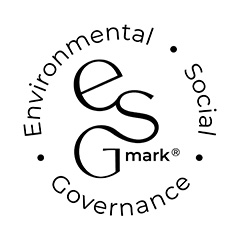Construction, Land & Property
Plan for tomorrow
Build a stronger today
The construction, land and property industry forms a crucial part of the national economy. With numerous political and regulatory pressures influencing the sector, it is important to have support from an accountancy firm that provides the guidance you need to move forward with confidence. We forge personal, lasting relationships to give advice built around your ambitions, ease everyday pressures and drive long-term growth for your business.
Turn potential into possible
We’re committed to supporting your development.
Whether you’re seeking practical advice on macroeconomic challenges facing the sector, help with structuring land transactions, or access to finance options and legal support, we’ll get you where you need to be.
Supporting a brighter future
Alongside our core services of bookkeeping, payroll, accounts, tax and audit, we closely consider the unique challenges facing the industry to best support your growth in this competitive environment.
- Bespoke tax advice
- Risk management and VAT advice
- Management and structure of land transactions
- Management accounts
- Access to finance
- Practical advice on macroeconomic challenges
- Access to legal support
Sign up to our newsletter and receive the tax and financial information that’s relevant to you.













